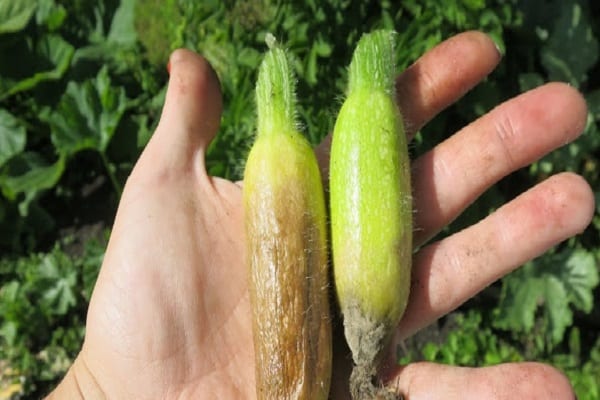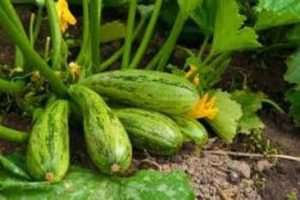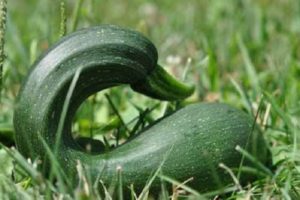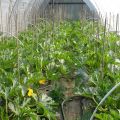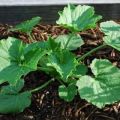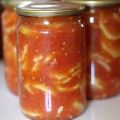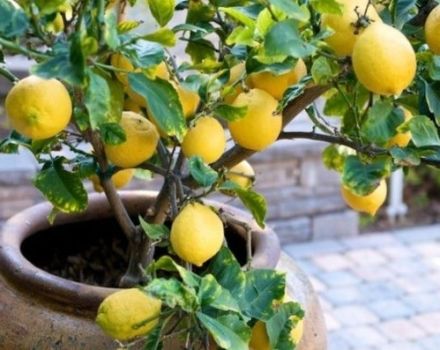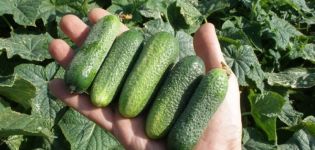Why zucchini rot in the garden: what to do, the better to process
Zucchini is a vegetable crop of the pumpkin family loved by many gardeners. It does not require special care, frequent watering and bears fruit abundantly. However, it happens that vegetables in our gardens suffer from unfavorable weather conditions or errors in agricultural technology. Not only beginners, but also experienced summer residents have to think about why zucchini rot in the garden and what to do to preserve the harvest.
It all starts with following the landing rules
You can prevent possible losses even when planting seedlings or seeds. Since zucchini are light-loving and heat-loving plants, it is better to plant them in an open, unshaded place. It is important not to thicken the planting, a distance of 1-1.5 m will allow a strong, healthy bush to develop. It is useful to mulch the soil with hay or grass cuttings (but not weeds from the garden).
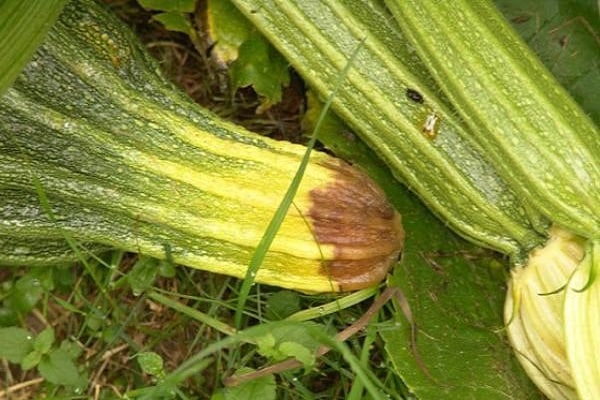
Disease problems cannot be avoided if vegetables are planted annually in the same garden. It is better to change the places for growing zucchini, since there are not enough nutrients in such areas, and the soil is restored for at least 3-4 years.
It is not worth planting where melons, watermelons, pumpkins, cucumbers or squash grew. Close relatives impoverish the land, and planting zucchini in the same place will not bring a good harvest.
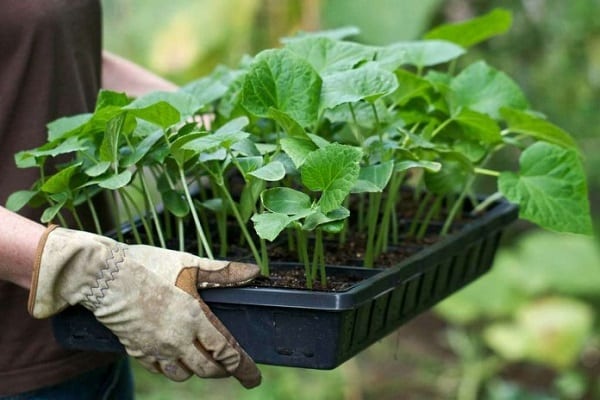
If, a month after planting, the first 2-3 embryos rot in zucchini, the ovaries are simply cut off, but when the disease spreads, it is better to remove the wilted flowers, and sprinkle the tips of the fruits with ash.
Causes of decay
Common causes of rotting zucchini in the garden are high humidity, lack of sunlight, or unsuitable soil when the soil on the site is excessively rich in organic matter. The lack of essential trace elements (boron, iodine or calcium) reduces the plant's resistance. The decay process can be caused by fungal diseases - powdery mildew or apical white rot.
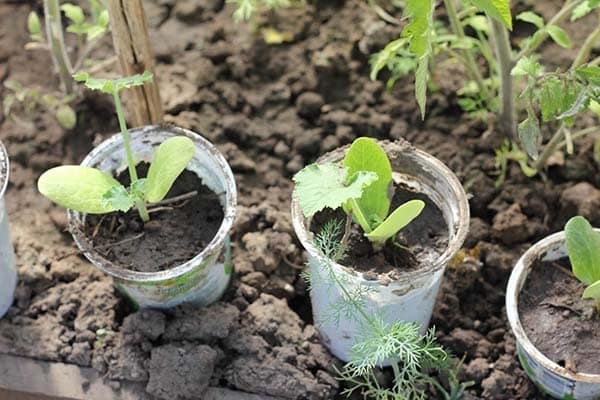
Excess moisture and nutrients
When there are too many nutrients in the soil, a powerful bush grows with an abundance of large leaves that do not allow sunlight to pass through and create a microclimate inside that is favorable for the development of putrefactive processes.
Small zucchini can start to rot, then all the fruits begin to rot, and the harvest from this bush will be lost if emergency measures are not taken. Fertilizing plants is necessary, which means that zucchini must be given in a strict dosage.
With frequent watering or rainy weather, the entire bed is saturated and saturated with moisture, this creates a greenhouse effect, which also contributes to rotting.
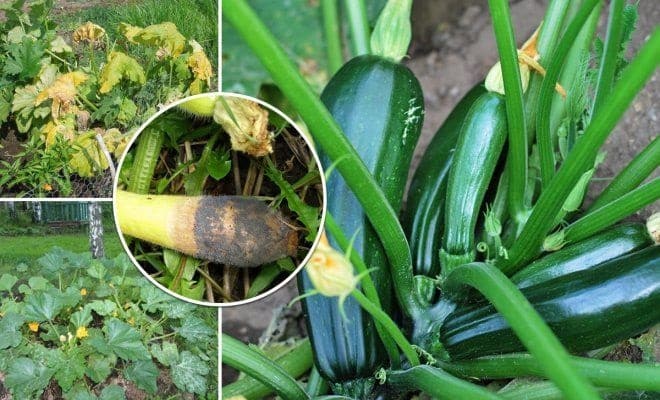
The problem lies in the flower
A non-pollinated peduncle is more often subject to decay.To attract bees, it is best to plant plants with white or yellow fruits. In cloudy and rainy weather, insects do not pollinate, so you can do it artificially (pick a male flower and transfer pollen to a female one).
Zucchini can rot immediately after flowering. Normally, the flower withers, dries up and falls off on its own. If this does not happen, rot first affects the flower, and then the fruit.
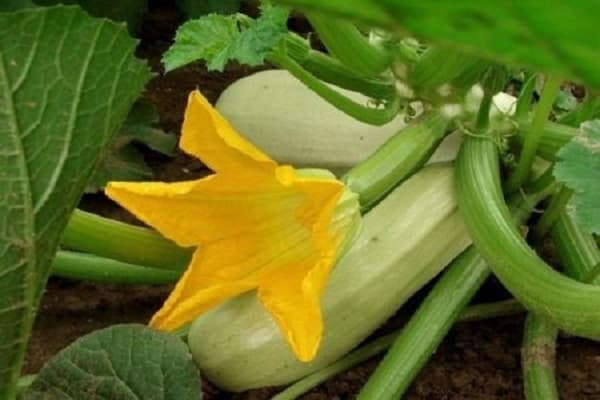
It is important that you water the bush correctly. If you pour water from a hose or watering can from above, the flower accumulates a lot of moisture, dries out for a long time and begins to rot, the embryos also rot; why do grown zucchini turn yellow - most likely due to a lack of trace elements. The health of zucchini can be helped by feeding with complex fertilizers.
Powdery mildew infection
Zucchini are often affected by powdery mildew. Signs of a fungal infection are whitish bloom and depressed spots on fruits and leaves. First of all, young leaves and fruit ovaries are affected. The development of the disease is facilitated by sharp fluctuations in temperature (cool nights and daytime heat) and watering with cold water.
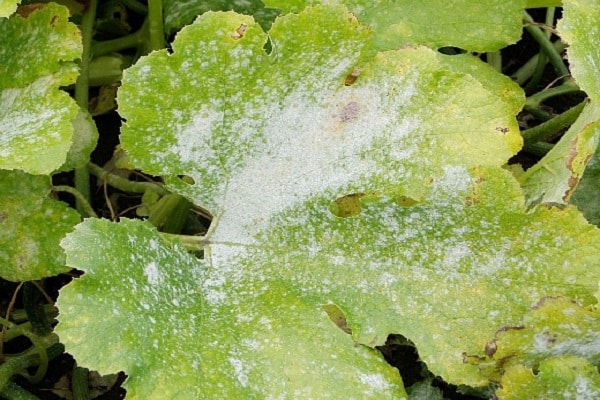
Fungal diseases often cause decay; of course, it is better to prevent infection or start fighting at an early stage of the disease.
You need to regularly inspect the plants, zucchini can get sick with powdery mildew and with an excess of nitrogen fertilizers, for example, ammonium nitrate or urea, which are used to increase yields. Potash and phosphate fertilizers increase disease resistance.
For the prevention of fungal diseases, you can spray the plants with garlic water (3-4 heads of finely chopped garlic per 10 liters).
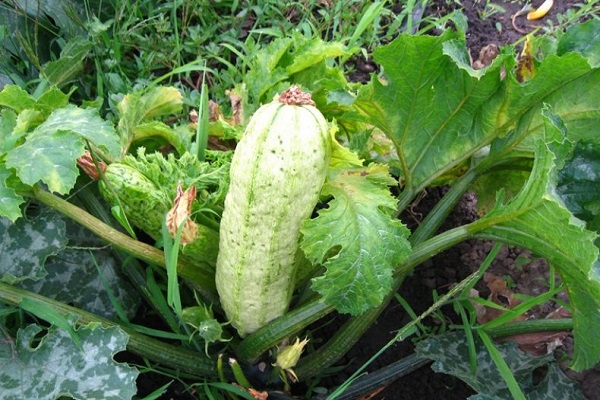
Help zucchini: your actions
In order not to rot zucchini, you need to deal with excess moisture. Proper watering is rare, no more than once a week, but abundant (for each bush about 20 liters of water). The roots of the squash are powerful, and the water should penetrate to a depth of 30-40 cm. You should not pour water on the leaves and stems - only under the bush, without eroding the roots. Then the earth must be well loosened so that a dense crust does not form and the root part of the plant breathes.
If zucchini rot from excess moisture, it is recommended to water them along the grooves and feed them monthly with an infusion of rotted manure with the addition of ash.
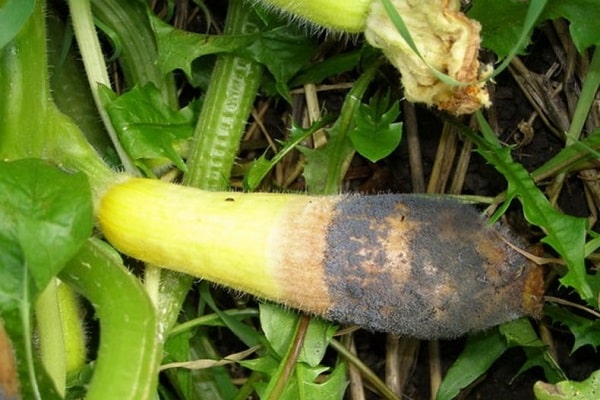
An important factor is the airing of the landings. It is necessary to remove the lower old leaves that lie on the ground and suffer more than others from diseases, pests and dampness. It is better to cut them off with a sharp knife 3-4 cm from the lash. The next day, it is good to spray the trunk and leaves with a solution of brilliant greens (1 tsp in a bucket of lukewarm water). You can regularly rejuvenate the bush as the lash lengthens, thinning it and prolonging fruiting.
Gardeners with experience recommend sheltering young plants in rainy weather. A piece of polyethylene on pegs or an old umbrella will do for this (water from above does not fall on the bush, but air circulation is maintained).
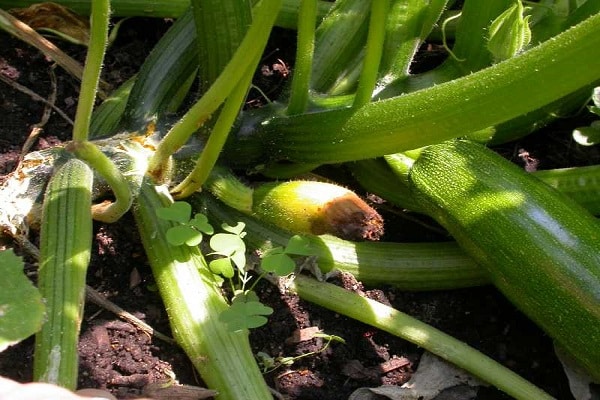
Zucchini are poorly pollinated and rot when the central leaves are tightly closed. In this case, you need to cut off several leaf plates, leaving the petioles - they are needed to feed the plant. In addition, the sun's rays, penetrating deep into the bush, dry out the powdery mildew mycelium.
Cut leaves and rotten fruit should be burned rather than placed in a compost heap to help preserve the next year's harvest.
If planting zucchini needs to be processed, it is necessary to process it with "chemistry" strictly according to the instructions. The lack of iodine can be replenished by spraying with a 0.02% solution of potassium iodide or alcohol tincture (30-35 drops per bucket of water).
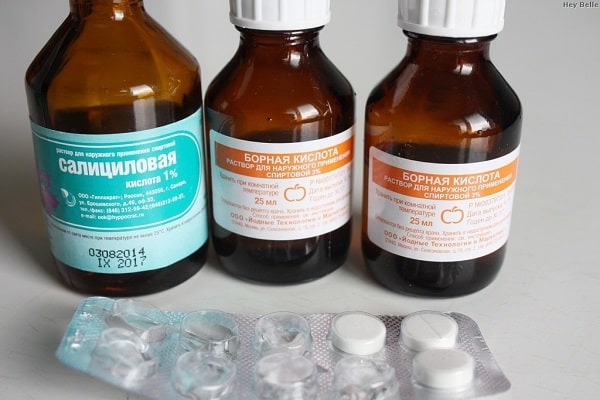
To prevent zucchini from rotting due to a lack of boron, use boric acid in a dilution of 1 g per 5 liters of water or complex fertilizers with trace elements.
Zucchini can also rot from damp earth, you can also try to save them by putting planks or straw.At the same time, do not forget that slugs will accumulate there - they need to be collected regularly.
The best method to ensure a bountiful harvest of zucchini and to cope with any disease is to purchase hybrid seeds that are not susceptible to fungal infections or can easily cope with such problems.
